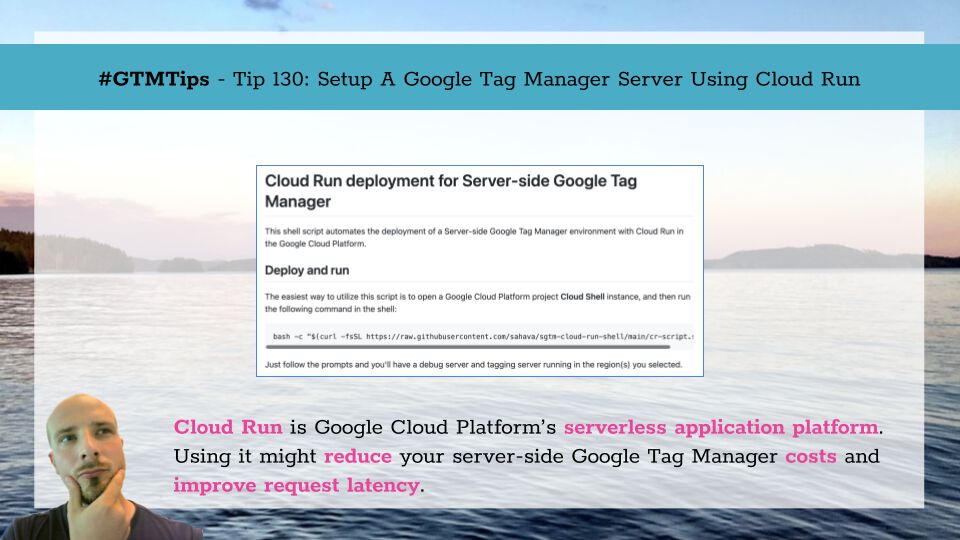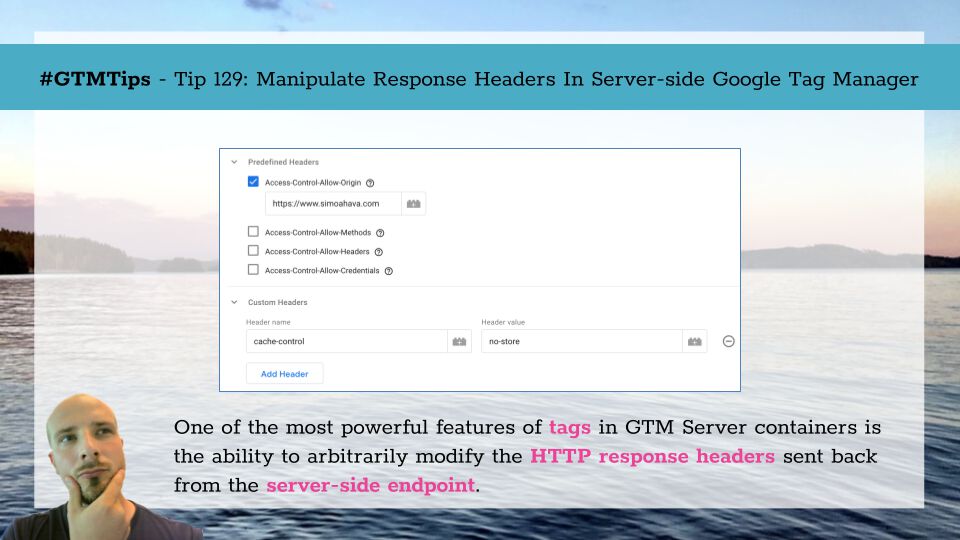OK, that’s one unappealing title for a blog post, but rest assured that the content more than makes up for this obscurity.
Recently, my favorite toy in the world, Google Tag Manager’s server container, introduced the capability to handle asynchronous operations in variables.
This is done through a JavaScript interface known as Promise. A Promise is a way to run code in JavaScript without knowing what its eventual value will be.






